Worx Landroid L2000 (WR155E) - an honest review
In this article, I will be sharing my perspective and experiences with Worx Landroid L2000 - an autonomous lawn mower that I've had for about 2 summers now. Hopefully, I'll be able to help someone else make an informed decision about getting a puppy like this.
Anyway - a step back, the 10k-feet view first, as usual.
Robot lawn mowers are slowly becoming a commodity, but choosing the right one is still tough. The models are different, the marketing differs, the features and even the behavior of the robot might differ, but there simply isn't that much information about the different options out there yet - quite simply put, it's not a mature market at the time.
When I did my research, I was rather annoyed by the lack of user reviews. For pretty much each model on the market, you have a good chance of finding a sponsored or downright paid review, but very few proper, honest, normal reviews.
Oh - but what differentiates an honest review from a dishonest one? Well, for one, I didn't get paid to write this. Instead, I bought the device I'm reviewing with my own money, because I needed one.
In fact, I needed - and bought - 2 of them.
Hence, I might be suffering from Stockholm syndrome, or sunken cost fallacy, but I'll be as objective as I can under the conditions.
Why did I get Worx Landroid L2000?
I had a bunch of criteria when I was buying my first one a year ago, and I'd like to share my choice and reasoning with you. Let's take a look at my situations first:
My yard is huge. I've got roughly 4000 square meters to mow.
I don't need to get the whole lawn mowed by just 1 device - but I don't want 10 little things crawling around my yard.
My yard is uneven, has slopes, ditches, trees, shrubs, everything. The robot needs to be able to deal with that.
I don't want to spend more money on robots than I'd spend on a good tractor.
Affordable accessories and spare parts - especially the blades!
So, with this information, I set out to figure out what to buy.
How do you mow a lawn that's 4000 square meters?
A quick side note for the imperialists reading - 4000 square meters equals a bit over 43 000 square feet.
So, yeah - it's a big yard. Maintaining it is a chore, and mowing the lawn is a pain. There's 2 different options, really:
Riding a tractor-type lawn mower OR
Let a high-end robot take care of it
A cheap model quite simply won't do, and anything but high-end tractor-type lawn mower won't do either. But how well WOULD a tractor fare?
A robot lawn mower vs. a tractor lawn mower
There's a bunch of strengths and weaknesses for a using a robot to cut your grass. The big trade-off is obviously time saving against total control - but that's a very simplistic view.
Essentially, the pros and cons of a robot (as opposed to a brilliant and expensive tractor are as follows:
Pros of a robot against a tractor:
Less & generally cheaper maintenance
Cheaper fuel cost
Fewer hours of work required
You can get your lawn cut during the night without bothering your neighbors
(Arguably) far superior mowing quality
A robot can reach under bushes and trees
A robot handles even pretty steep slopes. I feared for my life at some parts of my lawn when riding a tractor.
A robot will (relatively) harmlessly bump off of most inanimate solid objects. A tractor might actually hit them, and you might break something.
There's a tiny bit of cool-factor about owning a robot still :)
Cons of a robot against a tractor:
Electric engine is tough to repair on your own in case it breaks
The robot is autonomous - I'm sorry to say this, but it'll kill a puppy if a puppy crosses its path.
Even though autonomous, the robot can be very clueless - it'll need help every so often
The robot doesn't care about making the grass around trees neat - it'll remain kinda grubby
It'll take 2 robots around 30-40 hours each to mow the area you'd mow in 3-4 hours on a tractor
Of course, there are plenty of things that aren't exactly pros or cons - holes or bumps on your yard will bother a robot if it gets stuck, and will definitely bother you if you're riding a tractor. Tree trunks that are only 2-3 cm above ground might cause your robot to get stuck, but they might also break your tractor. Horseflies will bother you when you're riding a lawn mower, but they'll also bother you when you're filling the holes your robot got stuck in, or carrying it home from wherever it ran out of battery this time.
In the end, after trying a couple of tractors, I realized that mowing the lot takes around 3-4 hours on a proper tractor. With the price between 2 robots and 1 excellent tractor being roughly equal, I very quickly decided against the tractor.
Robot lawn mower options on the market
So, a high-end robot it is. But which one?
There are only a number robots that can handle a 2000 square meter yard, let alone a 4000 square meter one. Let's take a look at the shortlist I gathered for my selection process:
Worx Landroid L
2000 sqm
1400 € (includes boundary wire tool - and you can actually now find this robot for 1200 €!)
5 Ah
Razor-type blades
Robomow RS615 (multiple variants)
2000-3000 sqm
1800 €
4-4.5 Ah
Single-piece blade
Wolf Garten Loopo M2000
2000 sqm
1400 €
3 Ah
Robomow RC 312
2000 sqm
1500 €
3 A
Razor-type blades
Husqvarna Automower 440
4000 sqm
2800 € (doesn't include base, wire or accessories)
5 Ah
This seemed very attractive - price was about the same as two Landroids, but obviously the bases and accessories would greatly increase it)
Husqvarna Automower 435X AWD
3500 sqm
4600 €
Battery capacity N/A - but should provide ~1½h of runtime
4-wheel-drive!
Razor-type blades
Everything but the price was attractive about this beast.
In short, Worx seemed to offer a pretty great deal. In my mind, the features were great for the money. While Husqvarna is likely to offer superb quality, paying twice the price for a robot that appears pretty much equal feature-wise but claims double mowing capacity seemed risky.
In the end, it was a choice between 1 very expensive Husqvarna robot, or 2 robots from either Worx or Gardena. Out of these options, 2 Worx robots ended up being the cheapest option, and having 2 robots gives you a bit of extra redundancy as well.
What set Worx Landroid L2000 apart from the competitors:
The biggest battery on the market
Well, apart from the 4k€+ models, which were definitely above my budget!
Long runtime (2-2.5h) and the battery is compatible with other Worx tools.
Having 2 robots also makes it possible to switch batteries between the robots if need be.
Effective blades that are easy and cheap to replace.
I was surprised by the longevity of these blades - took me a year before I replaced any of them, and even after that it was trivial to sharpen the old ones, so they are reusable.
Even though my Landroid has hit tree stumps, stones, cinder blocks, and other blunt objects quite a few times, the damage seems to be negligible, and it still cuts well.
Obviously - a decent feature set
- Rain check, mobile app, scheduling, zones, the usual stuff!
I also liked the modularity - I didn't need to buy features I wouldn't need. And I didn't buy any of the add-ons, since they wouldn't be much use for me.
Compared to main alternatives, Worx seemed to offer a lot of bang for the buck. Even the orange color is a plus - the device is highly visible (only a Husqvarna would've been even more visible - some actually got headlights!), and looks adorable.
A relatively simple robot, like Worx Landroid L2000, doesn't really care about the lot it's dropped on. Only your zones might turn out a bit confusing, and that's a simple fix.
So how did the robot fare?
The end result is great. The yard looks great and the robot is adorable. But it takes a while to get there...
A long while, to be precise.
So what happens when you put Worx Landroid L to a test?
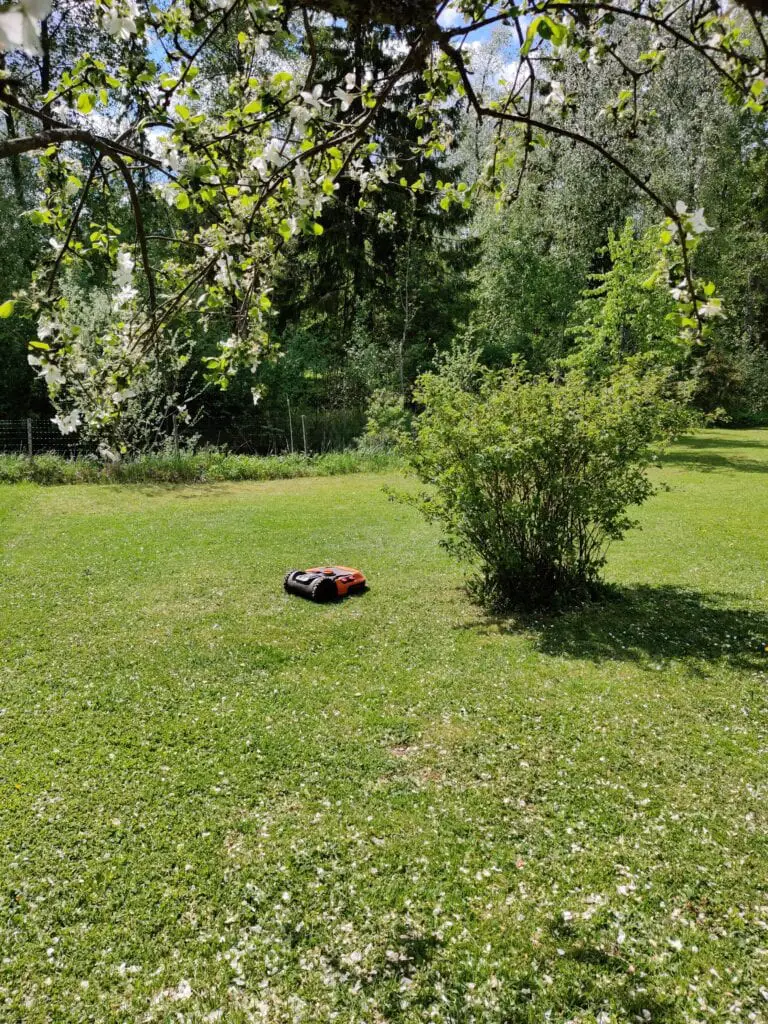
Worx Landroid L 2000 working - it makes the yard look great, but takes some time!
A robot cuts a lawn, and after the initial installation, shouldn't need much input.
A robot can be expected to mow anything between 100-250 sqm per hour. The further it progresses, however, the larger part of this is area it has mowed already (because there's no clear way to force the robot to only concentrate on the before unmowed area - apart from zone configuration, which can help if your yard is of suitable form). For each ~1000 sqm I've added (I've added the area in parts to give me more time to set up the boundaries and let the robot catch up), it'll take the robot about a week of intense mowing to take control of. That's 10 hours of fairly intense mowing per day - 3 or 4 rounds of mowing and recharging.
But unless your yard is a plain square with zero planted things, and just already perfect for a mower in all ways possible, you will need to help the little thing out!
Luckily, for most of this time, you're not doing much. Or at worst, you might be filling the holes in the ground or placing kerb stones around your wife's flowerbeds. Or you might need to cut down some bigger shrubs bothering the little robot. Stuff you might need to do eventually anyway, if you're in the business of making your lawn pretty :)
Problems that my robot ran into
Ah - then the negative stuff. It takes a while, and the robot will occasionally need some help.
This is somewhat of a long list. So let's make it a gallery instead of a boring write-up!
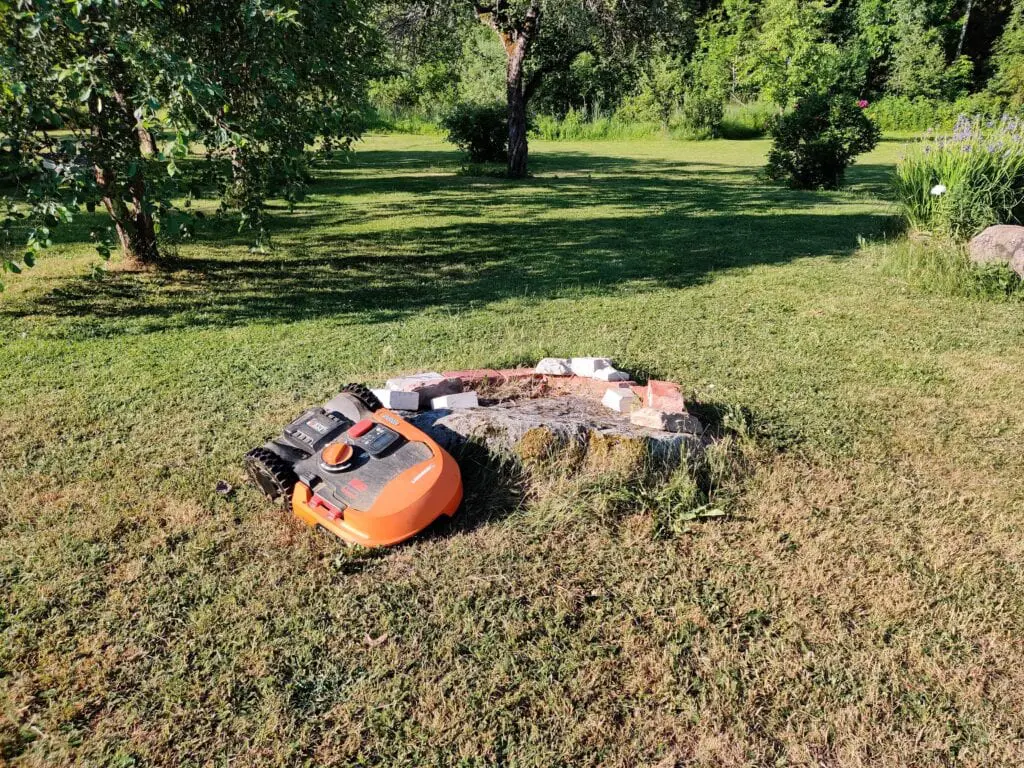
Your Landroid will end up stuck on any elevated surface on your yard, even if it's fenced out.
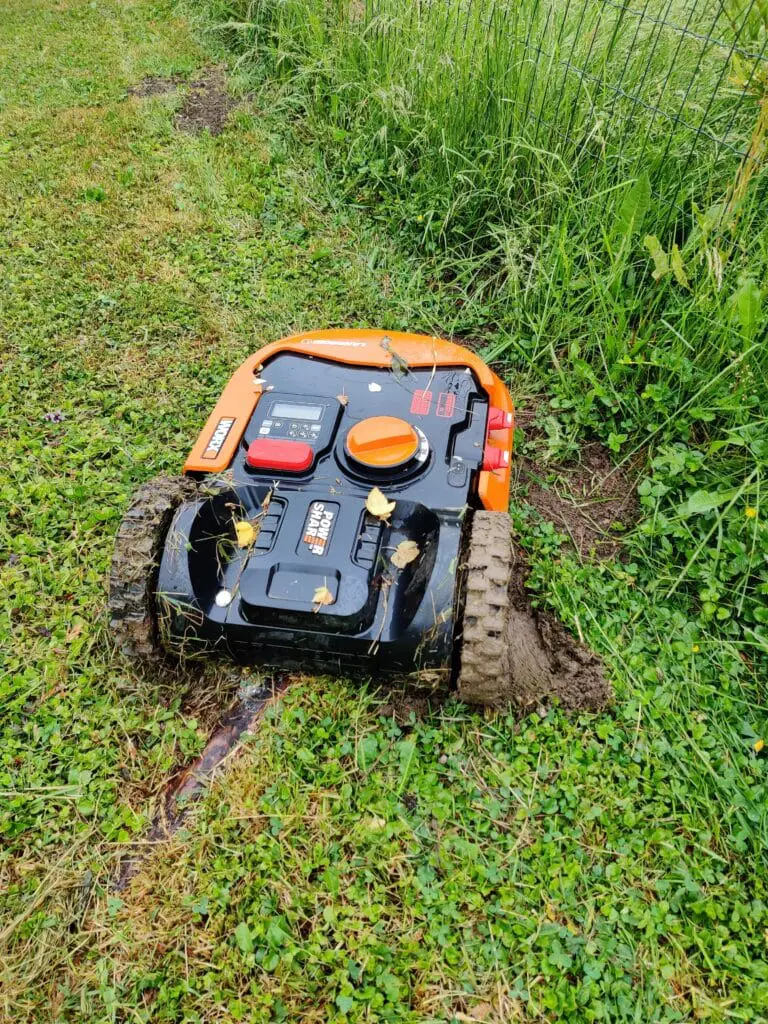
Your Landroid will end up stuck on any of the roots or trunks on your yard, eventually.
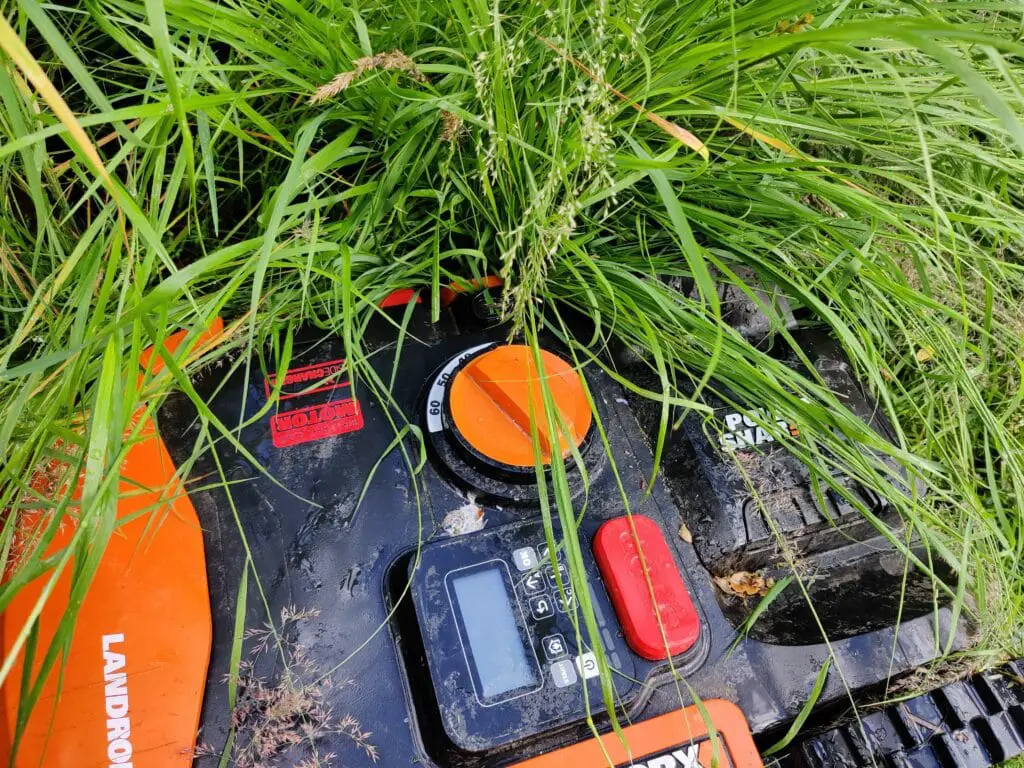
Your Landroid might be stopped by a grass grabbing it.

Your Landroid might get stuck when there's tall enough grass, even if the grass is outside your actual yard.
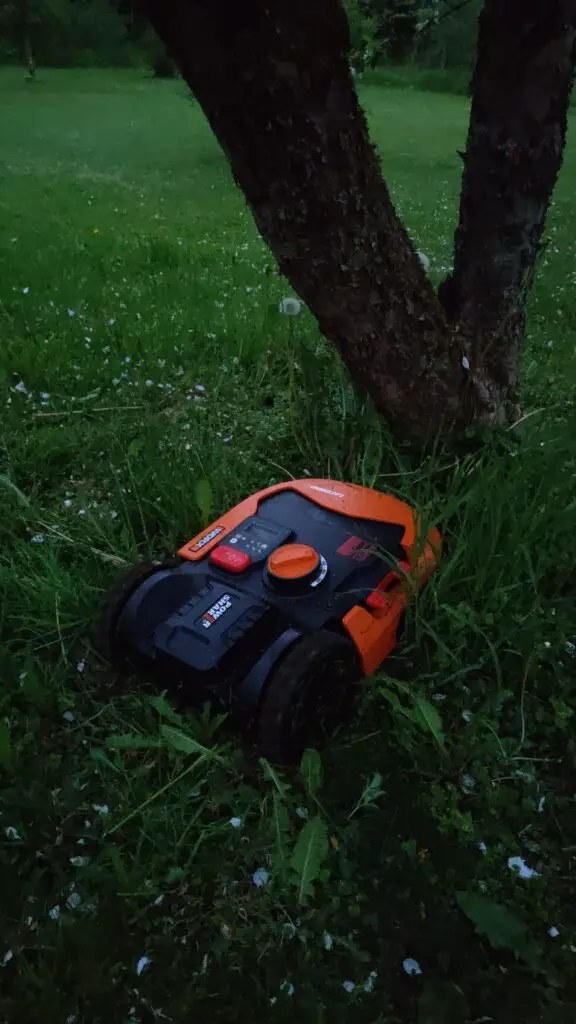
Your Landroid might get stuck when there's tall enough grass.
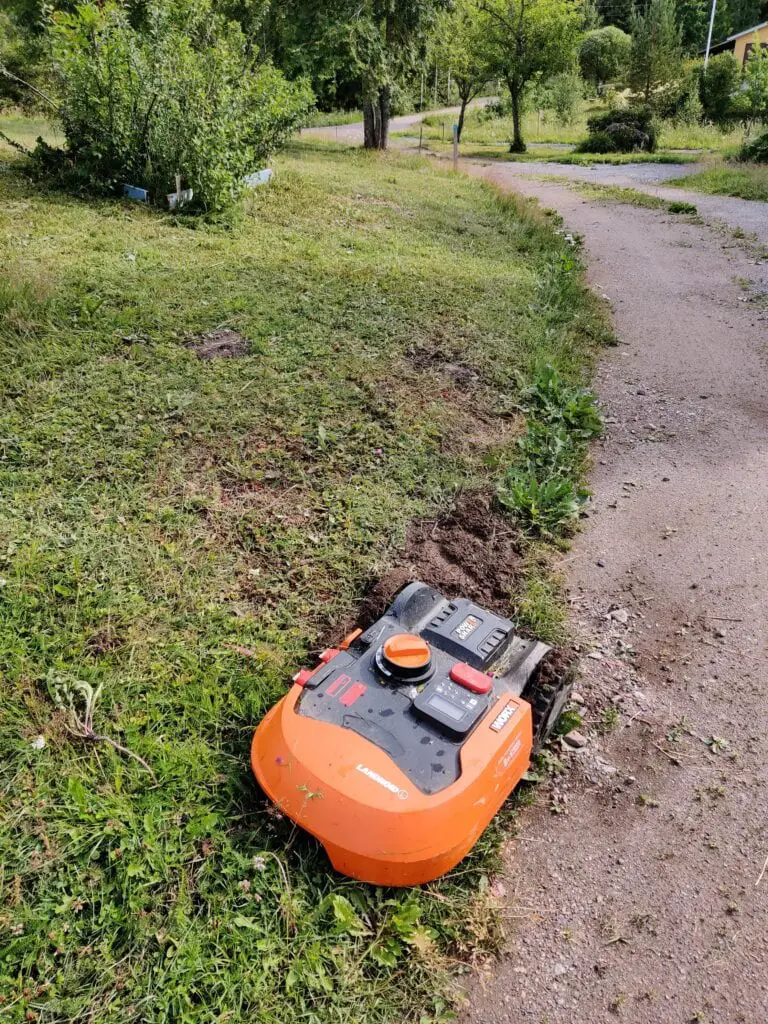
Your Landroid might just slip outside the yard by itself.
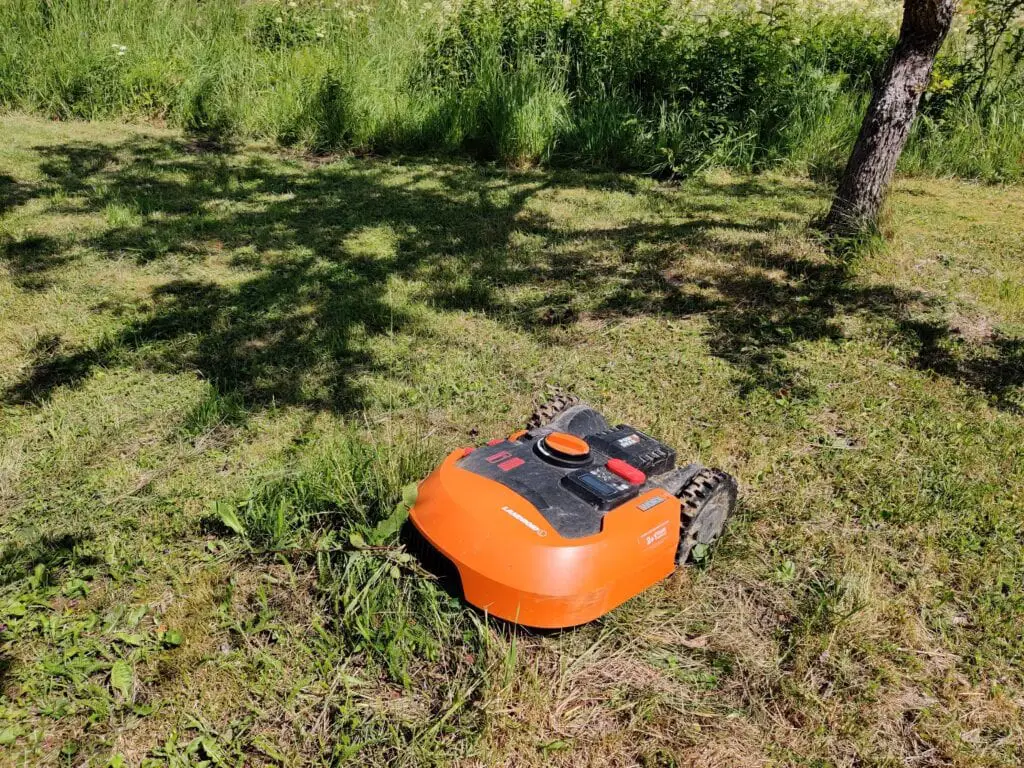
Your Landroid will end up stuck on any of the roots or trunks on your yard, eventually.

Your Landroid will end up stuck on any elevated surface on your yard, even if it's fenced out.
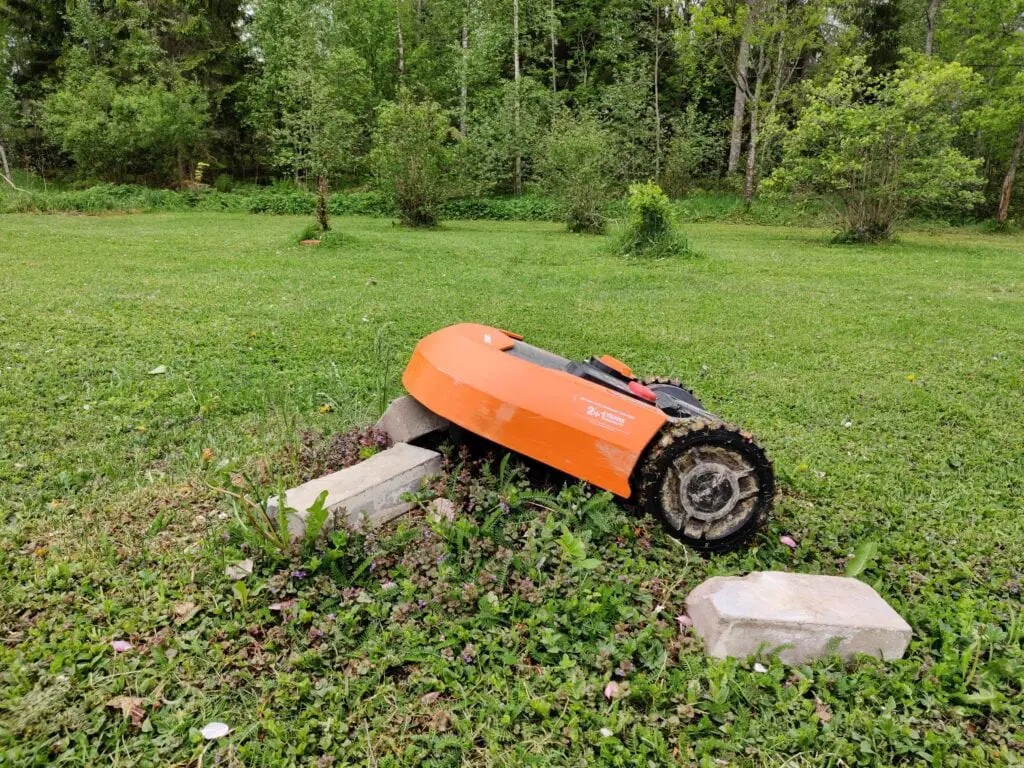
Your Landroid will end up stuck on any elevated surface on your yard, even if it's fenced out.

Your Landroid will end up stuck on any elevated surface on your yard, even if it's fenced out.
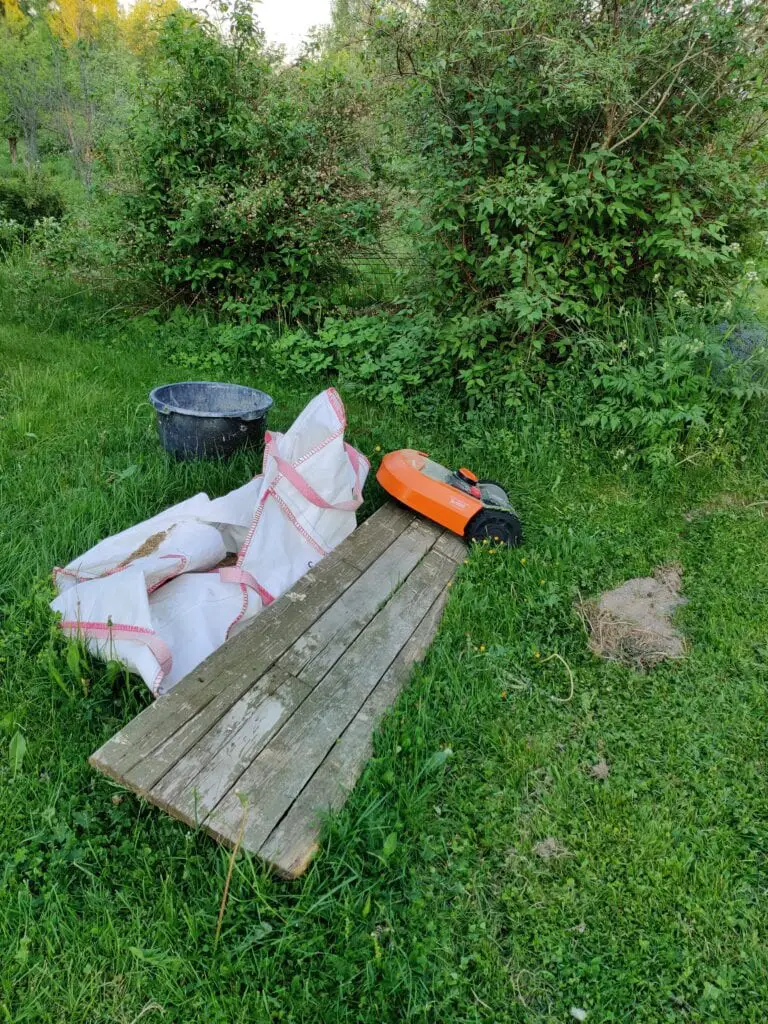
Your Landroid has a surprising ability to climb on things, and then get stuck.
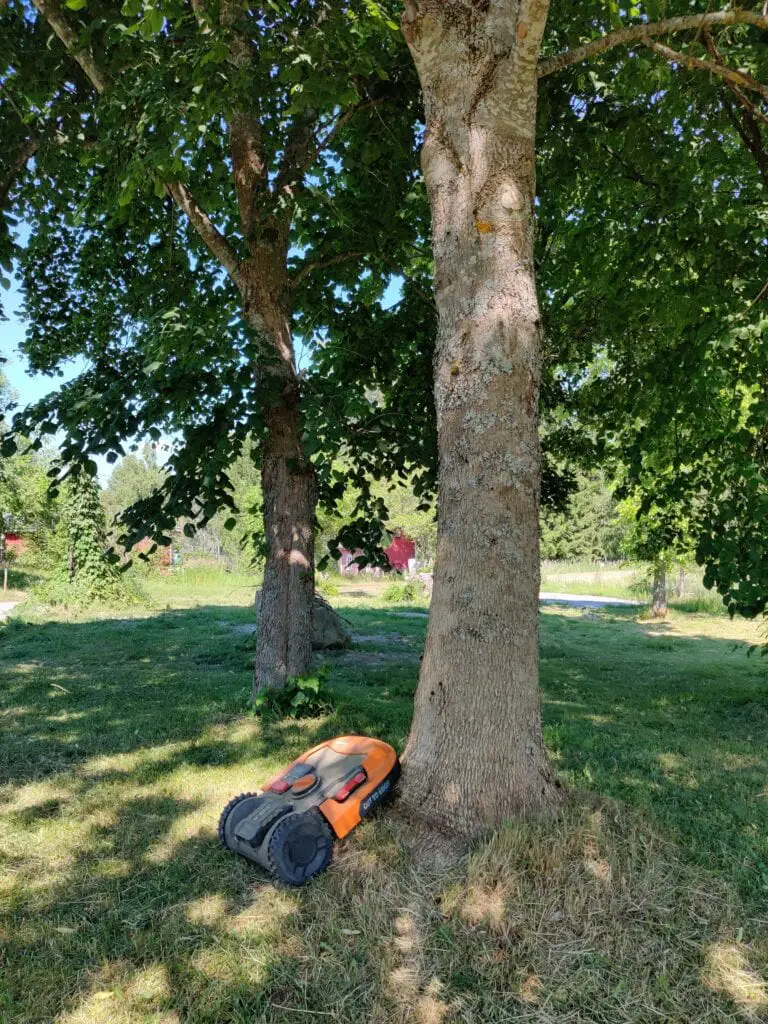
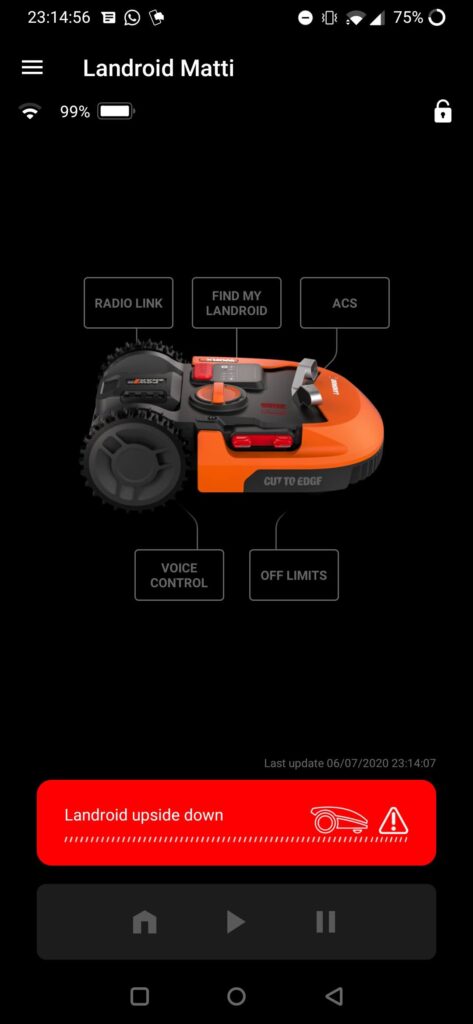
Your Landroid will helpfully report if it gets in trouble - like this.
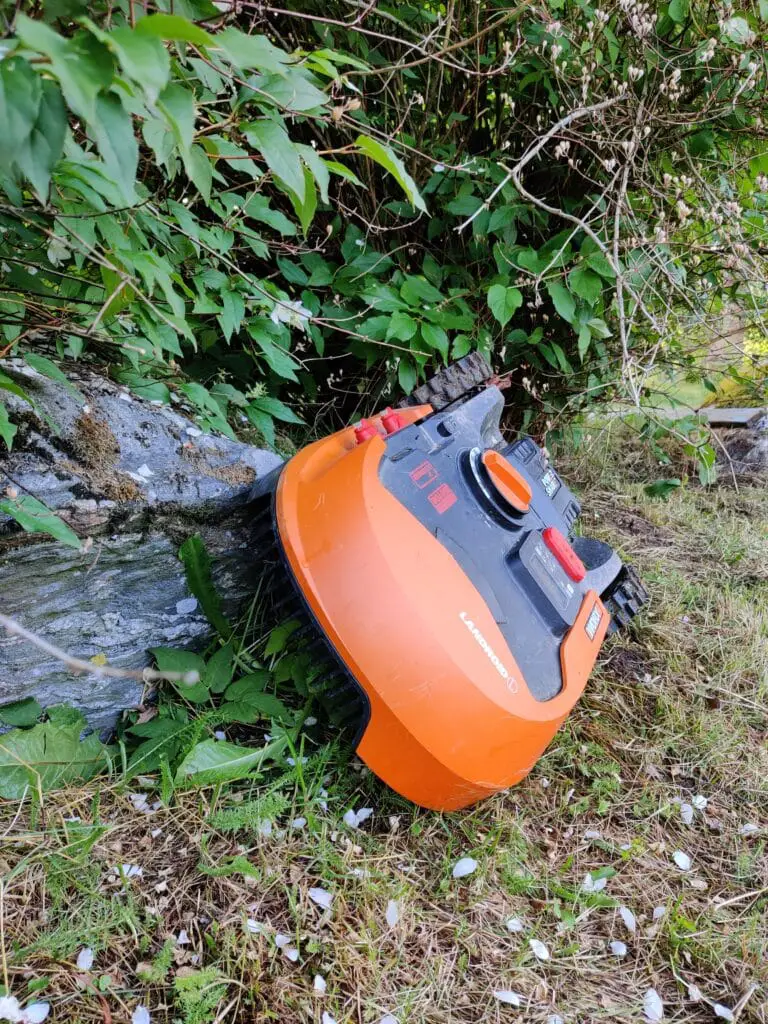
Your Landroid might think it can do parkour, but it likely can't.
A gallery of possible issues you might run into with your Landroid.
Ah... Good times.
Verdict
Worx Landroid L2000 (WR155E) is capable and provides a lot of bang for the buck, but it suffers from a lot of the issues robot lawn mowers in general have.
I've currently spent maybe a hundred hours on my lawn now, to make it easier for the robot to mow - and make the lawn far more beautiful and convenient in the process. But having helped the robot up from different ditches dozens of times, would I still opt for a couple of robots instead of a tractor?
Yeah. Still beats a tractor any day of the week.
This product doesn't get a rating (I have no idea how to rate lawn mowers). Instead, it gets a seal of approval.

If you want to check out the model I got, it would be this one:
Also available in this link: https://amzn.to/3HXsiFV
(Purchasing something through the Amazon -links supports my blog. Thank you!)
Comments